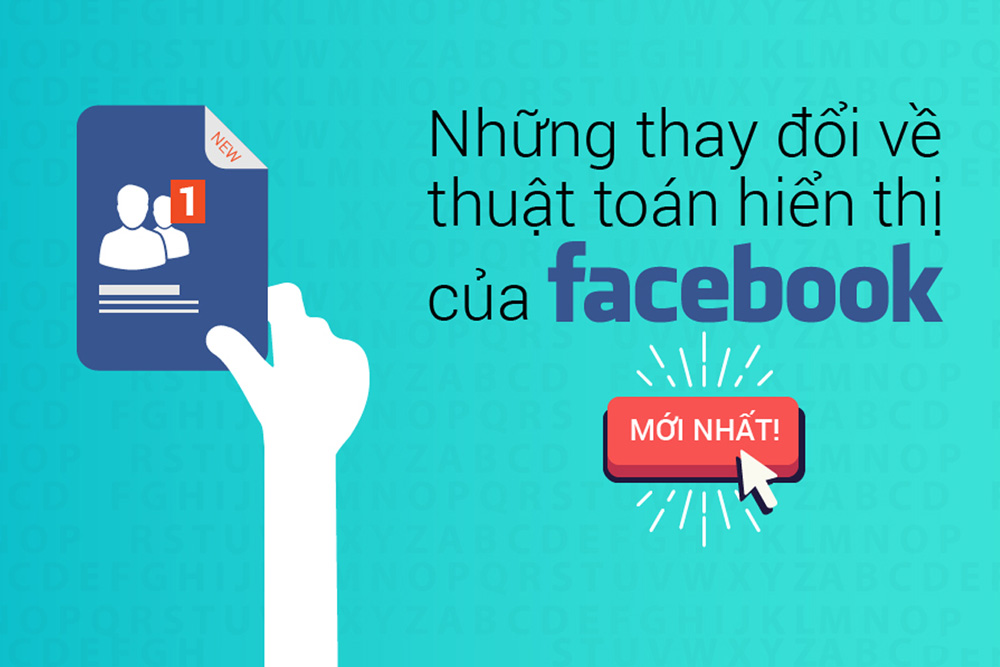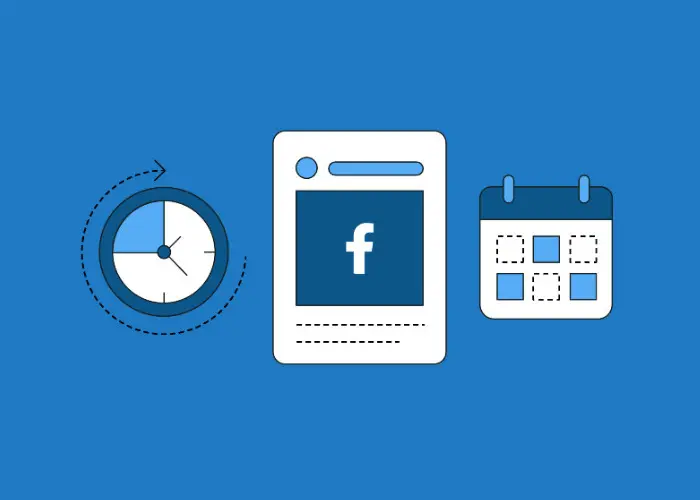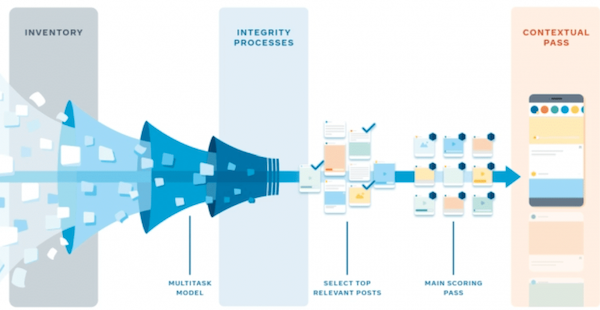Facebook’s 2023 display algorithm has undergone many changes, so users must study it thoroughly to succeed in Marketing. Understanding the algorithms clearly will also help users know how to build content that meets the standards, thereby improving interaction effectiveness for the account better!
1. What is Facebook’s Algorithm?
What is Facebook’s algorithm? The algorithm is a system that classifies and ranks content as well as posts that users upload on the Facebook social network in order to deliver content with high engagement and that matches users’ interests.

Basically, Facebook’s algorithm evaluates posts by scoring them and then arranging them in descending order. Facebook analyzes content when users refresh their news feed and presents content that fits their searches.
Facebook’s algorithm aims to help users “discover new content and connect with the stories they care about most” without causing spam or misunderstandings. Since its launch, Facebook’s algorithm has undergone changes to connect Facebook users with the most valuable content for them by adding or removing algorithms and adjusting their importance.
2. How has Facebook’s algorithm changed?
The history of Facebook’s algorithm changes over the years is as follows:

- 2009: Facebook launched its first algorithm to prioritize posts with the highest engagement at the top of the news feed.
- 2015: Due to excessive advertising pages causing Facebook to drop in ranking, the algorithm introduced the “Preview” feature so that users would prioritize posts from Pages at the top when accessing.
- 2016: Facebook added the ranking signal “time spent” to measure the value of a post based on how long users spent engaging with it, including likes, shares, or even not reacting to the post.
- 2017: Facebook began considering reactions beyond the Like button, such as hearts or angry faces, and added additional ranking for videos to enhance visibility. Specifically, if a video keeps viewers watching until the end, it will be shown to more users.
- 2018: Facebook’s new algorithm prioritized conversations and interactions from friends, family, and Facebook Groups to create a community of discussion without paid promotion from Pages.
- 2019: Facebook prioritized “original, high-quality videos” aimed at attracting viewers for longer than one minute and aggregated content from “close friends,” while also launching the tool “Why am I seeing this post?”
- 2020: Facebook revealed some ways it distributes content and allowed users to control their data to assess the reliability and quality of posts.
- 2021: Facebook published new insights about the algorithm to enable better user experiences, which also explained how Facebook’s 2023 display algorithm works.
What changes has Facebook’s algorithm undergone in 2024?
The year 2024 witnessed significant shifts in the competitive landscape among social media platforms. The rise of TikTok, especially with its TikTok Shop feature, posed a threat to Facebook’s number one position in social networking. In this context, Facebook implemented a series of adjustments to reinforce its position.
One major change is the introduction of the “Feed” feature with short videos, similar to TikTok’s format. The “Feed” replaces the “News Feed,” emphasizing that users can explore a wider variety of content formats, not just news updates when accessing Facebook.
However, content creators on Facebook are facing challenges adapting to TikTok’s trends due to Facebook’s hidden algorithms.
According to reliable sources, Facebook is aiming to become a second version of TikTok. The “Home” section will be where people “discover new content” based on personal interests, with photos and videos selected by software algorithms, including content from both accounts users follow and do not follow.
3. Latest update on Facebook’s 2024 display algorithm
How does Facebook’s 2024 algorithm work? Facebook’s 2023 algorithm no longer has the News Feed but instead uses Feeds – a data stream that “shows you meaningful and informative stories.”
In 2023, Facebook’s algorithm identified meaningful stories through three ranking signals:

- Who posted the content: Users are more likely to see content from sources with which they have interacted before, such as commenting, viewing, sharing, or liking, including friends and businesses.
- Content type: Meaning if a user frequently interacts with videos, more videos will appear on their personal feed; similarly, if they engage more with photos, posts containing photos will be prioritized.
- Interaction with the post: The feed prioritizes posts with high engagement and favors friends with whom the user interacts frequently by using the algorithm to determine the post’s placement in the feed.
- Favorites: Facebook users can select up to 30 people and pages to add to their Favorites. These will then appear higher in the Feed. To quickly access Favorites, click the down arrow at the top right of Facebook, go to Settings & Privacy, and select News Feed Preferences.
- Feed preferences: If you don’t want to see a post, just click on the post and select “Hide post,” and Facebook will automatically limit similar content from appearing in your feed. For ads, the equivalent option is “Hide ad,” then specify why you want to hide it so Facebook can reduce similar content shown to you.
4. How Does Facebook’s Algorithm Distribute Posts?
Facebook’s 2024 display algorithm distributes posts through the following steps:

- Step 1: Collect posts: Facebook gathers all posts from the people, pages, and groups you follow, as well as ads targeted to you.
- Step 2: After collecting data from your account, Facebook’s algorithm evaluates and ranks posts based on posting time, content type, popularity, and the value the content provides.
- Step 3: The algorithm removes posts with low engagement and content that users dislike or do not want to see (based on previous behavior analysis). Then, it prioritizes posts that users want and like to see, displaying them on their timeline.
- Step 4: The algorithm diversifies content from different sources reasonably and attractively to keep users engaged longer.
With these steps, Facebook’s 2024 display algorithm helps users better understand the history of algorithm changes. This helps users design appropriate campaigns and strategies to avoid serious mistakes, prevent account suspension, and easily find potential customers while attracting more clients.
